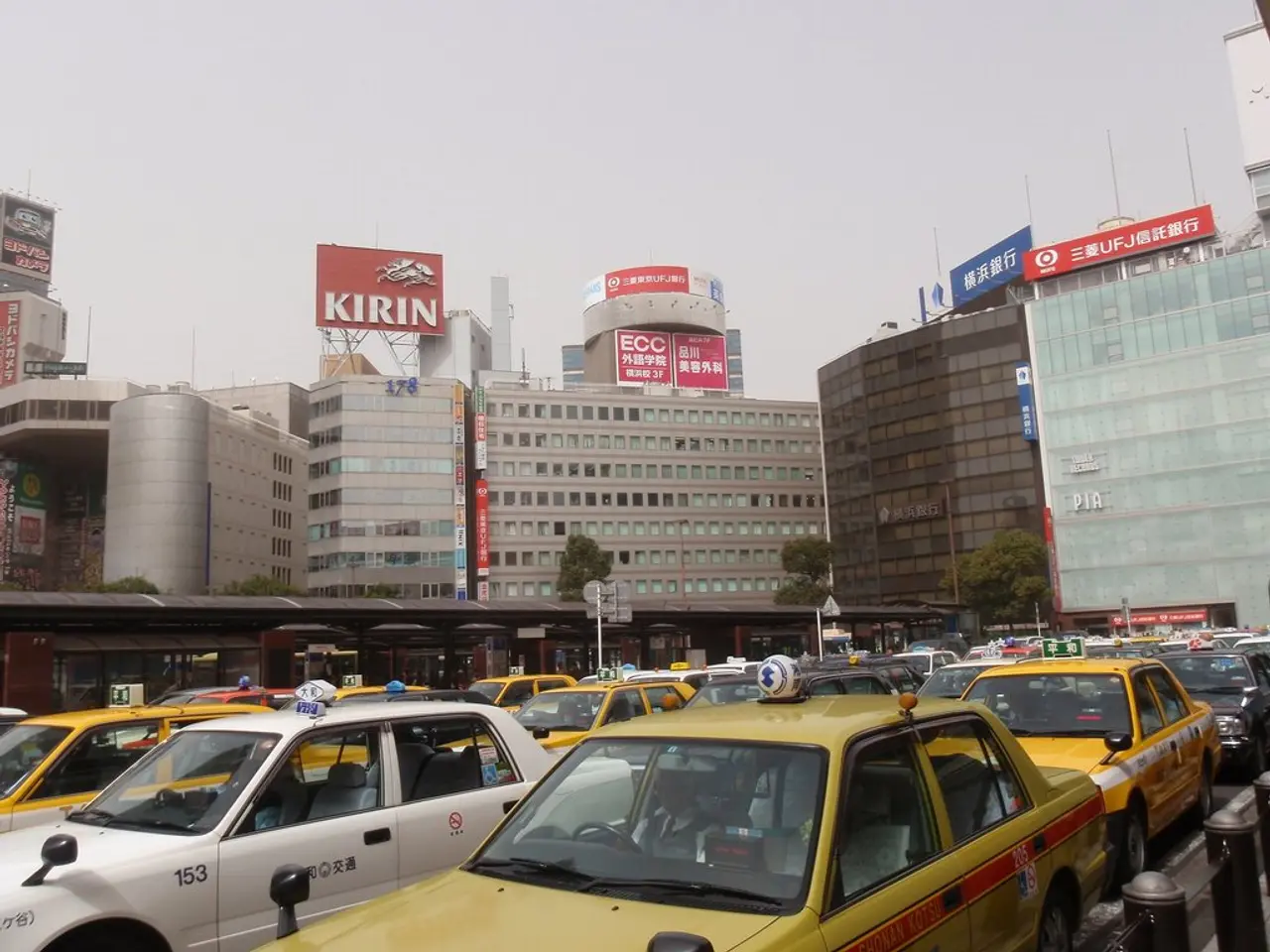Global monorail networks showcase ingenuity - featuring a system navigating residential buildings and an American route offering awe-inspiring vistas of a popular tourist metropolis.
In the world of urban transportation, monorails often take a backseat to more popular options like subways and trams. However, these sleek, elevated railways have proven their worth in cities across the globe.
Take for instance, São Paulo's Line 15-Silver, currently under expansion. Upon completion, it will span an impressive 26.6 kilometers and accommodate up to 1,000 passengers per train, making it one of the longest monorail systems globally.
Chongqing, China, home to a bustling monorail system, moves 900,000 riders daily, a figure comparable to many renowned metro systems. The city's Liziba station even boasts a monorail line passing directly through a residential building at floors 6 through 8.
The KL Monorail, opened in 2003 in Kuala Lumpur, connects key districts throughout the city and serves approximately 75,000 passengers daily. Four-car trains offer panoramic views of landmarks such as the Petronas Twin Towers.
Modern monorail technology offers higher capacities, improved energy efficiency, and enhanced safety features compared to historical designs. This is evident in systems like Dubai's Palm Jumeirah Monorail, which opened in 2009 and moves 3,000 passengers per hour, connecting the mainland to the Palm Jumeirah artificial island.
The Wuppertal Suspension Railway, opened in 1901 and the world's oldest elevated electric railway still operational, carries approximately 85,000 passengers daily. The Tokyo Monorail, operational since 1964, connects central Tokyo with Haneda Airport and serves 120,000 passengers daily, achieving a near-mythical 99.9% on-time performance record over decades of operation.
Monorails are not just about efficiency and capacity. They also offer unique experiences. For instance, the Las Vegas Monorail connects major casinos and convention centers along the famous Strip, while Seattle's Seattle Center Monorail offers unparalleled views of Seattle's skyline, Space Needle, and Mount Rainier.
Moreover, monorails are cost-effective. They can be built for approximately 60-70% of the cost of equivalent subway systems. This makes them an attractive option for cities looking to expand their transportation infrastructure without breaking the bank.
Modern monorail construction also requires minimal land acquisition and causes far less disruption during construction compared to subway systems. This is particularly beneficial for dense urban landscapes, as demonstrated by the KL Monorail's unique design that allows it to navigate the city with minimal footprint.
The most recent extension of the monorail line in Chongqing, China, is Line 3, which, at 74.65 km, is the longest monorail in the world. It forms part of the current 310.4 km urban railway system spanning 8 lines, with future expansions planned to reach 12 lines and 820 km total length.
In conclusion, monorails are a versatile and cost-effective solution for urban transportation. They offer high capacity, improved energy efficiency, and enhanced safety features, all while providing unique experiences and minimal disruption during construction. It's high time we gave monorails the recognition they deserve as serious urban transportation options.
Read also:
- Understanding Hemorrhagic Gastroenteritis: Key Facts
- Trump's Policies: Tariffs, AI, Surveillance, and Possible Martial Law
- Expanded Community Health Involvement by CK Birla Hospitals, Jaipur, Maintained Through Consistent Outreach Programs Across Rajasthan
- Abdominal Fat Accumulation: Causes and Strategies for Reduction








